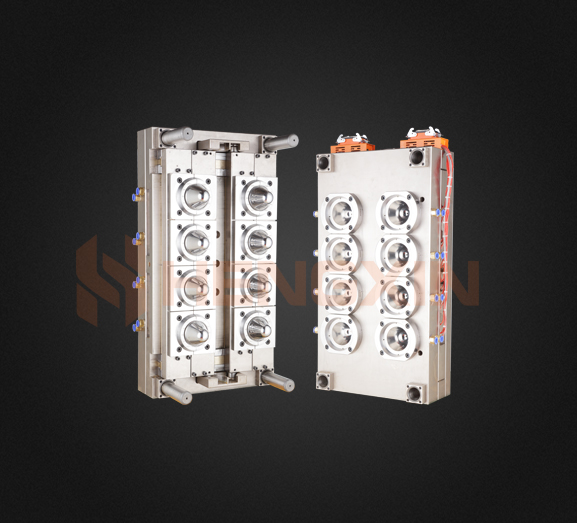Summary:In order to improve the quality of plastic products, a HOT RUNNER MOULD is an important component of a moulding machine....
In order to improve the quality of plastic products, a HOT RUNNER MOULD is an important component of a moulding machine. These machines are often equipped with a double cone positioning principle, which ensures high manufacturing precision. In addition, experienced designers work to optimize preform thickness and height. In addition, a hot runner valve gate system is ideally suited for use in a mould, which eliminates the need to cut the tail of the preform. This feature also helps cut labor costs and ensures the highest quality.
A hot runner mold is also known as a hot-manifold system. It features temperature-control devices installed within the mold cavity to maintain a constant molten flow of rubber or plastic. These devices keep the molten flow of plastic or rubber well above the melting point. They are an essential component of an injection molding machine. But how do they work? In this guide, we will take a closer look at the components of a hot runner system.
The most important feature of a hot runner mould is its ability to control the feed of polymer to the nozzles. Besides, this mould can be equipped with a stripper plate that helps with the process of stripping. In addition, a fibre glass plate should be added to the mould backing plates. The thickness of the fibre glass plate varies, and its use can reduce the thermal loss to the machine platens.
The most common advantage of a hot runner mould is its consistency of material delivery. Using a mould that is built with heated runner channels can keep the material temperature constant during shotting time. The damping lock technique is used to achieve this. Unlike other injection molding machines, a hot runner mould tool is inexpensive, which is why it is preferred in many manufacturing processes.
HOT RUNNER MOULD is an essential part of any plastic molding process.
The internal heated runner system has annulus flow passages. The heat is transferred externally, avoiding the need for manifolds and drops. The advantage of this system is the reduction of heat loss and the faster start-up time. However, it is also difficult to control material temperature and may result in degradation of material. As a result, the use of this hot runner system is not recommended for applications that require a high tolerance.
A hot runner mold is more costly to manufacture than a conventional one. However, it can reduce the amount of plastic waste that is generated. Another benefit of a hot runner mold is reduced cycle time. Conventional runners must be allowed to cool down before they can be used again. With a hot runner mold, the cycle time is reduced significantly. If you need to produce large amounts of plastic parts, it's worth the extra expense.
Moreover, a hot runner mold saves raw materials. Compared to a conventional pouring system, a hot runner mold doesn't require gate cutting and is completely scrapless. Using a hot runner mold also reduces energy consumption, which means more profit for your company. This makes it a good choice for many high-quality products. Its advantages are too numerous to mention. You'll be happy you did.
Hot runners allow you to place the gates at a wide range of points on the part. These gates can be used for hot tip, valve, or edge gating, depending on the design and requirements. They can also help improve part aesthetics and filling. Hot runners also give you a lot of freedom in mold design. With them, you can customize your mold to optimize your cavity orientation, your cooling time, and even simplify your mold.
